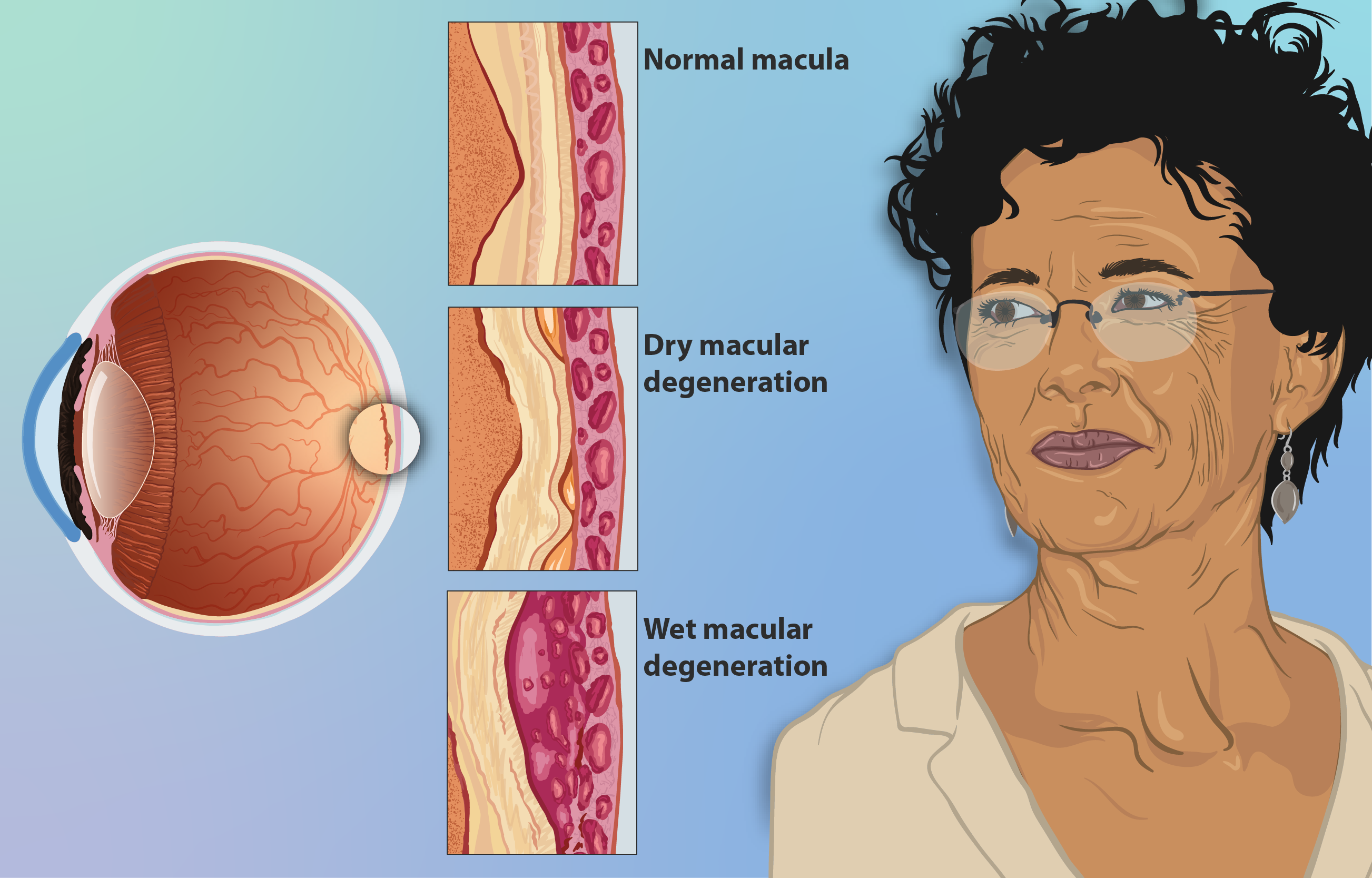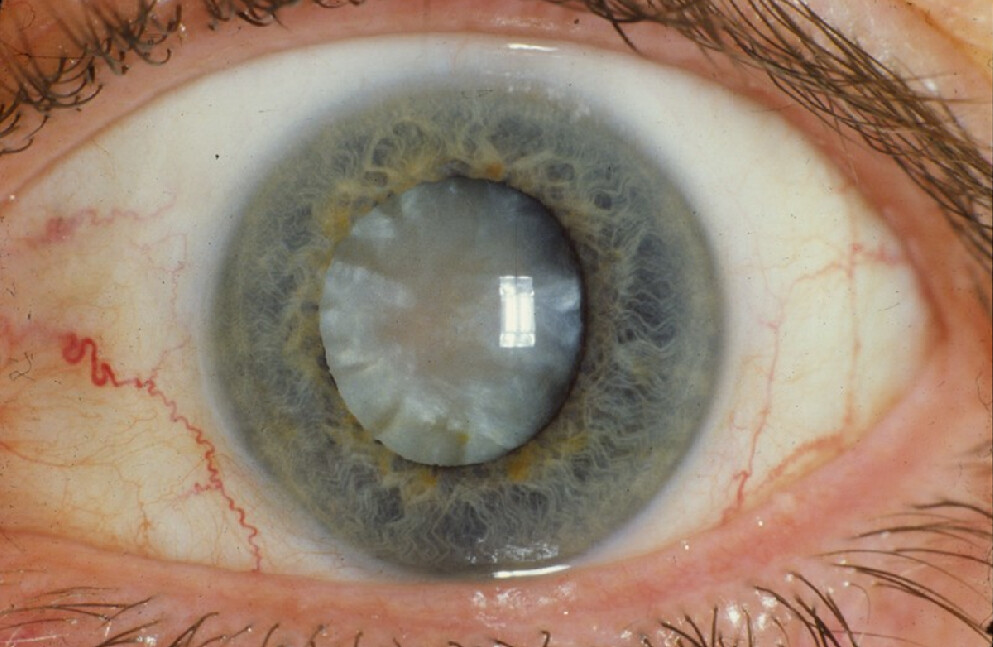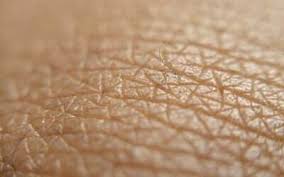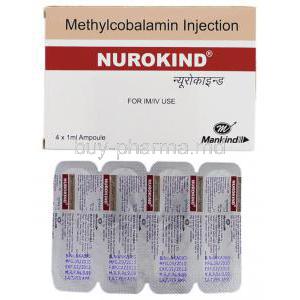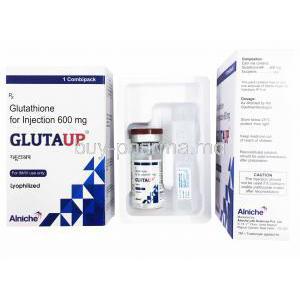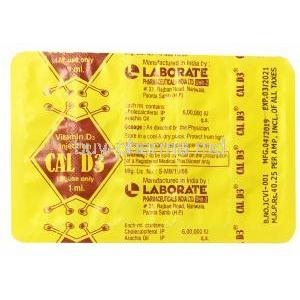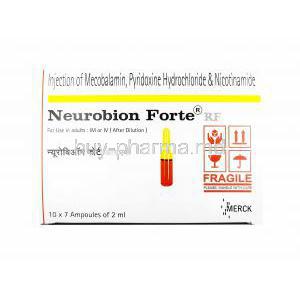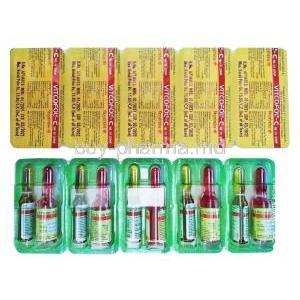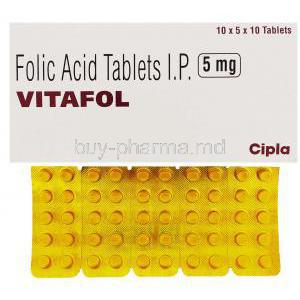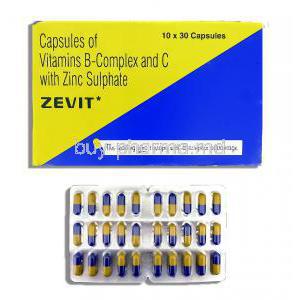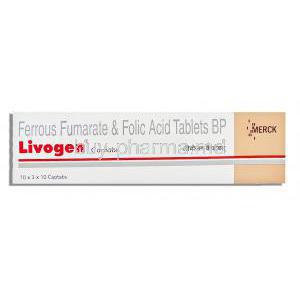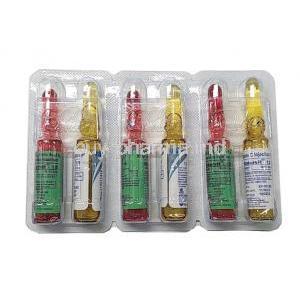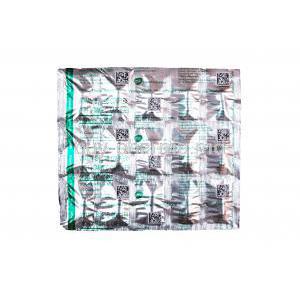Zeaxanthin/ Lutein/ Omega 3
- 1. Introduction to Zeaxanthin, Lutein, and Omega-3
- 2. Active Ingredients and Composition
- 3. Mechanism of Action: How Zeaxanthin, Lutein, and Omega-3 Work
- 4. Approved and Primary Medical Uses
- 4.1 Prevention and Management of Age-Related Macular Degeneration (AMD)
- 4.2 Supportive Therapy for Cataracts and Retinal Disorders
- 4.3 Cardiovascular Health: Cholesterol and Triglyceride Regulation
- 4.4 Brain and Cognitive Function Support in Aging Populations
- 4.5 Skin Protection Against UV-Induced Damage
- 5. Off-Label and Investigational Uses
- 6. Dosage and Administration Guidelines
- 7. Special Populations: Administration by Age and Condition
- 8. Side Effects and Adverse Reactions
- 9. Warnings, Contraindications, and Important Precautions
- 10. Drug, Food, and Supplement Interactions
- 11. Overdose and Emergency Management
- 12. Storage and Handling Precautions
- 13. Clinical Insights and Patient Counseling Points
1. Introduction to Zeaxanthin, Lutein, and Omega-3
1.1 Overview of Zeaxanthin, Lutein, and Omega-3 Fatty Acids
Zeaxanthin and lutein are xanthophyll carotenoids, crucial for ocular and systemic health. Omega-3 fatty acids, primarily EPA and DHA, are polyunsaturated fats integral to cellular function and anti-inflammatory signaling. These bioactives are often combined in supplements to synergistically support vision, cardiovascular health, and neurocognitive performance.
Scientific interest in carotenoids and omega-3s surged in the late 20th century. Landmark studies such as AREDS and AREDS2 demonstrated the efficacy of lutein and zeaxanthin in delaying macular degeneration progression. Concurrently, omega-3s gained prominence for their cardioprotective and neurodevelopmental roles.
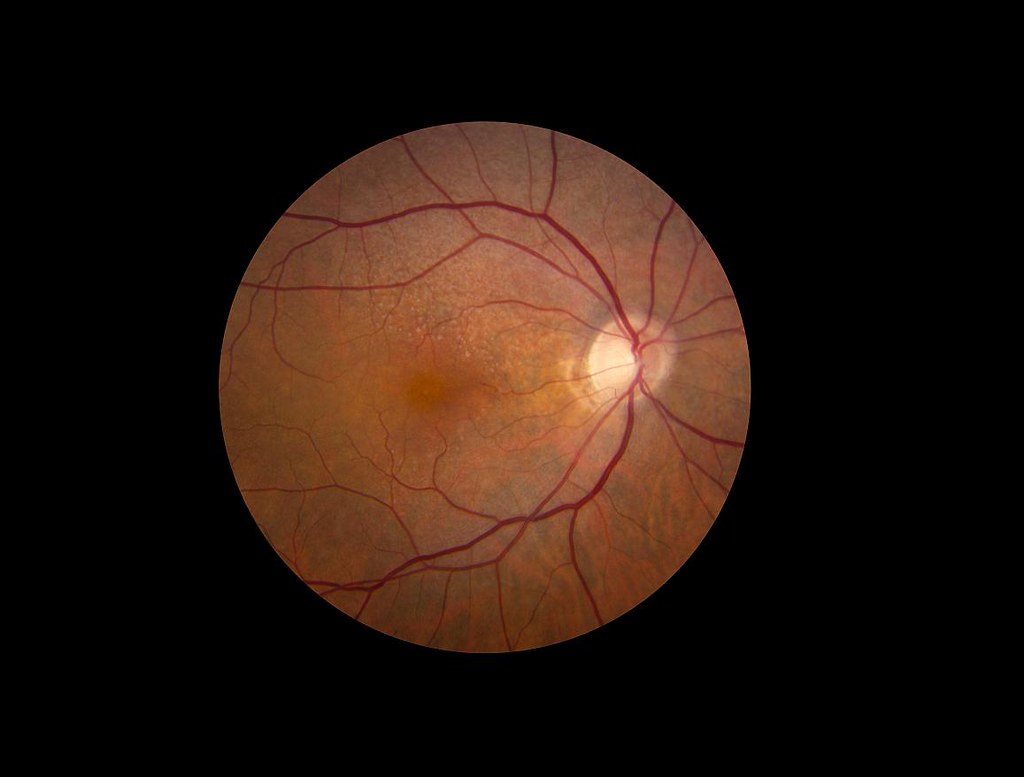
2. Active Ingredients and Composition
2.1 Zeaxanthin: Structure, Source, and Function
Zeaxanthin is a non-provitamin A carotenoid with a symmetrical structure, known for filtering harmful blue light and protecting photoreceptors in the macula.
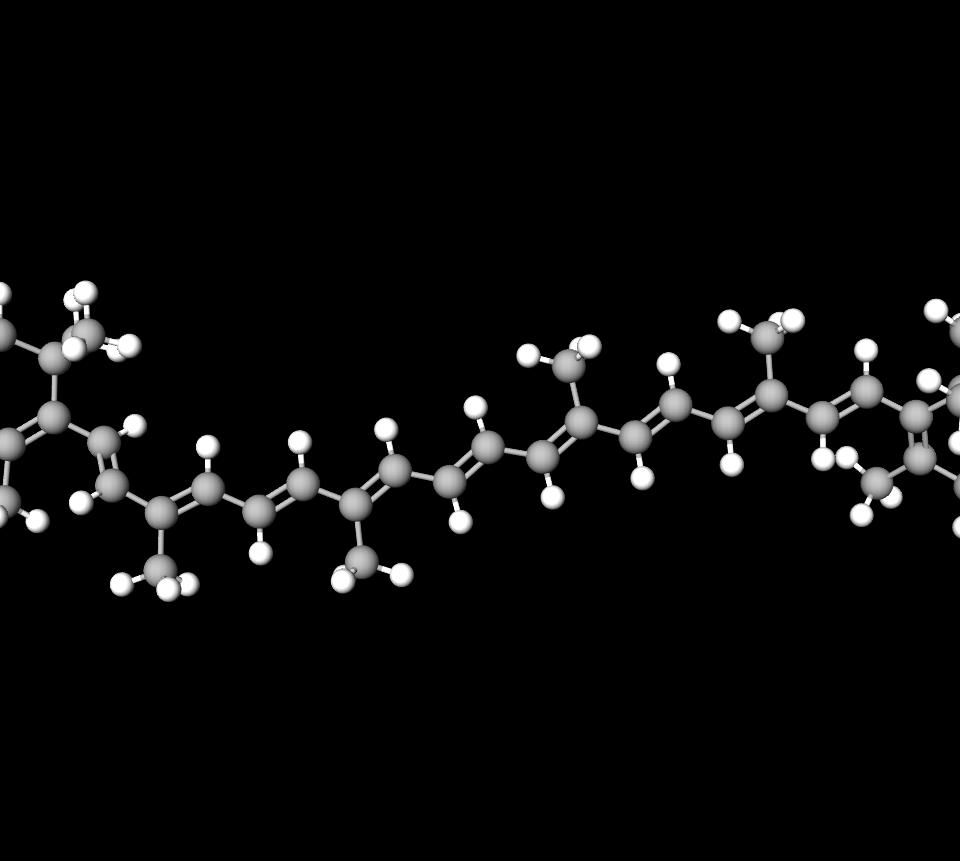
Zeaxanthin foods
Some foods high in zeaxanthin include goji berries and colored fruits like oranges and persimmons. Tangerines are also a source of zeaxanthin. Spices, like paprika and saffron, are both packed with zeaxanthin. Leafy greens contain both lutein and zeaxanthin at varying levels.

Zeaxanthin vs astaxanthin
Astaxanthin serves as an antioxidant that offers health advantages overall; in contrast to this function of astaxanthin is the known emphasis of zeaxanthin on promoting eye health with a specific focus on the macula area.
Meso-zeaxanthin vs zeaxanthin
Zeaxanthin can be found in a variety of foods, such as greens and egg yolks, whereas mesozeaxanthin is predominantly located at the center of the macula and is not frequently found in food sources. Mesozeaxanthin is thought to originate from zeaxanthin within the macula.
2.2 Lutein: Structure, Source, and Function
Lutein, structurally similar to zeaxanthin but with different isomer orientation, accumulates in the lens and retina, contributing to macular pigment density and lens clarity.
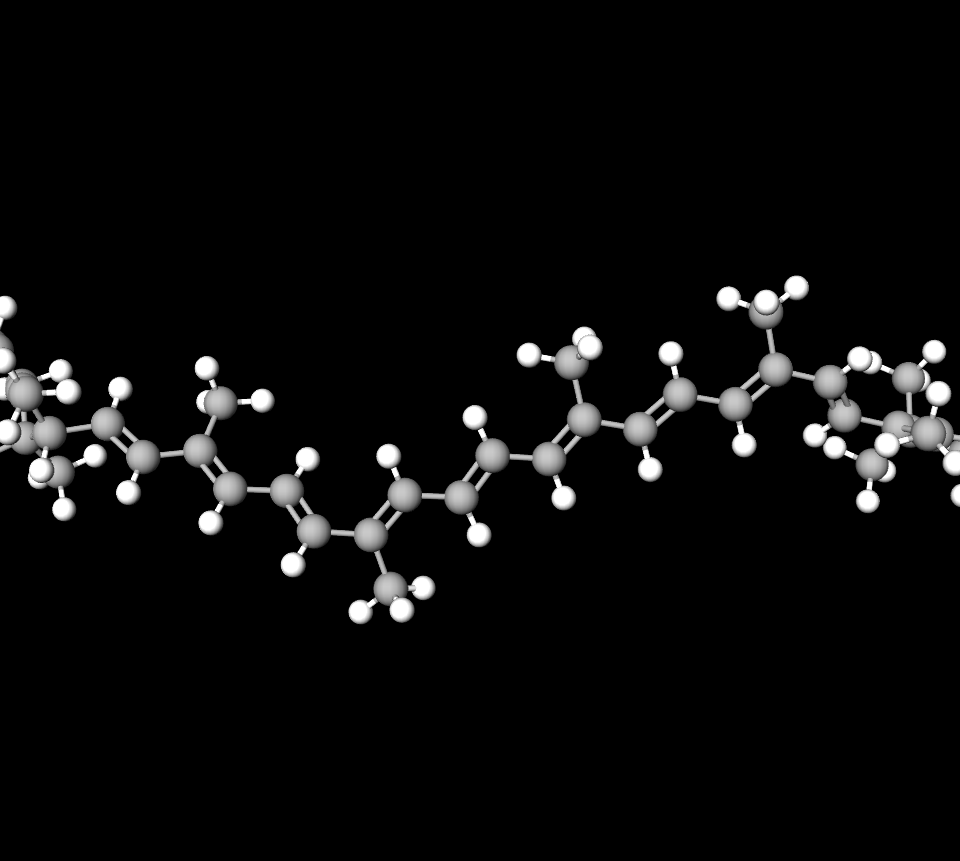
Lutein Foods
Lutein can be found in a variety of foods, like greens such as kale and spinach, and yellow/orange fruits and vegetables, like corn and carrots.
Luteolin vs lutein
Luteolin is a type of flavonoid that offers anti-inflammatory benefits and might even have properties that could help fight cancer. On the other hand, lutein is a carotenoid that is mainly known for its effects on eye health.
2.3 Omega-3 Fatty Acids: EPA, DHA, and ALA Explained
- EPA (Eicosapentaenoic Acid): Anti-inflammatory, supports cardiovascular health.
- DHA (Docosahexaenoic Acid): Essential for neuronal integrity and retinal function.
- ALA (Alpha-linolenic Acid): Plant-based precursor to EPA and DHA.
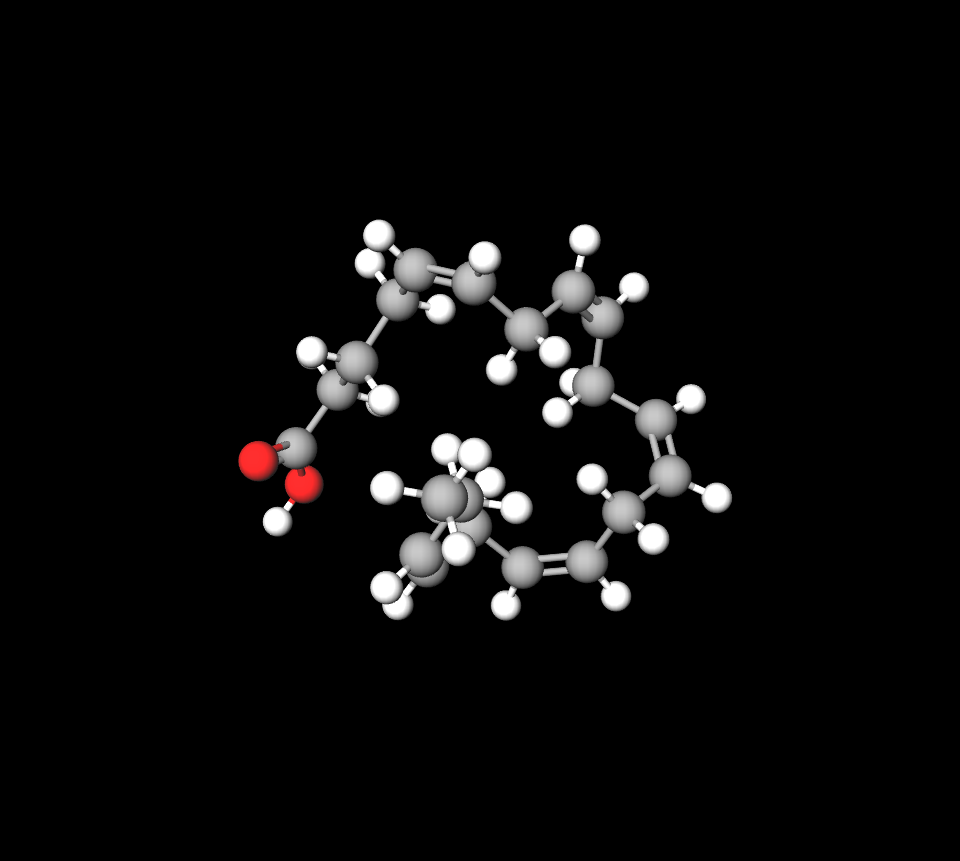
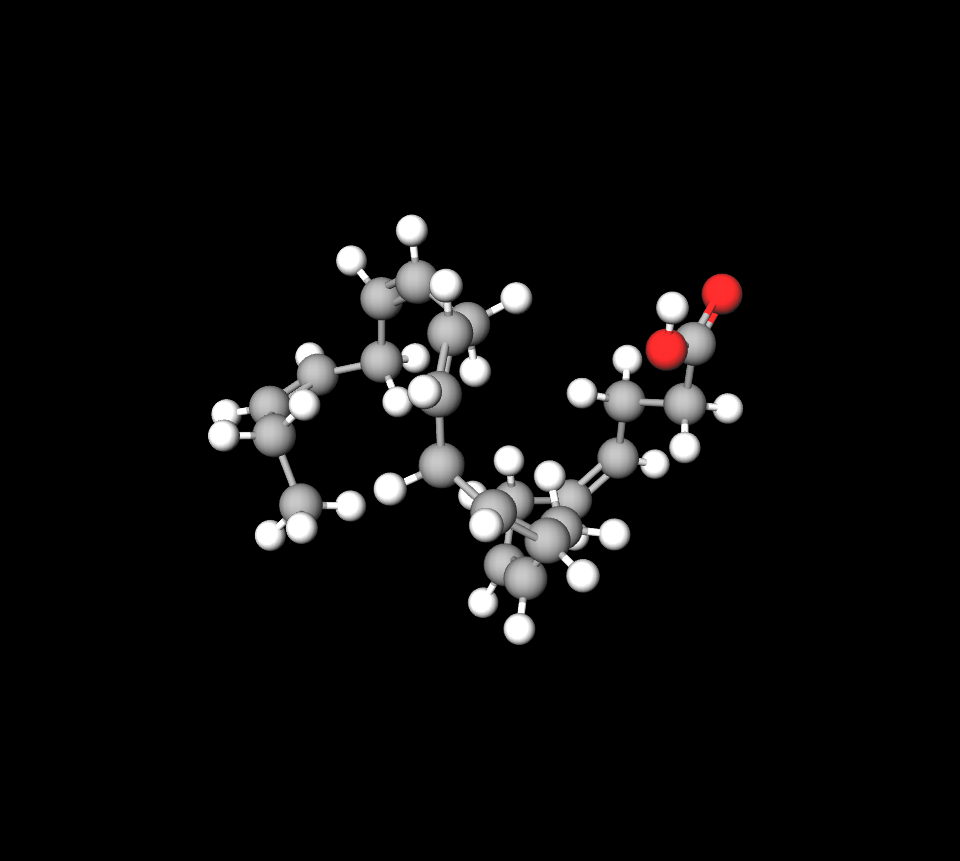
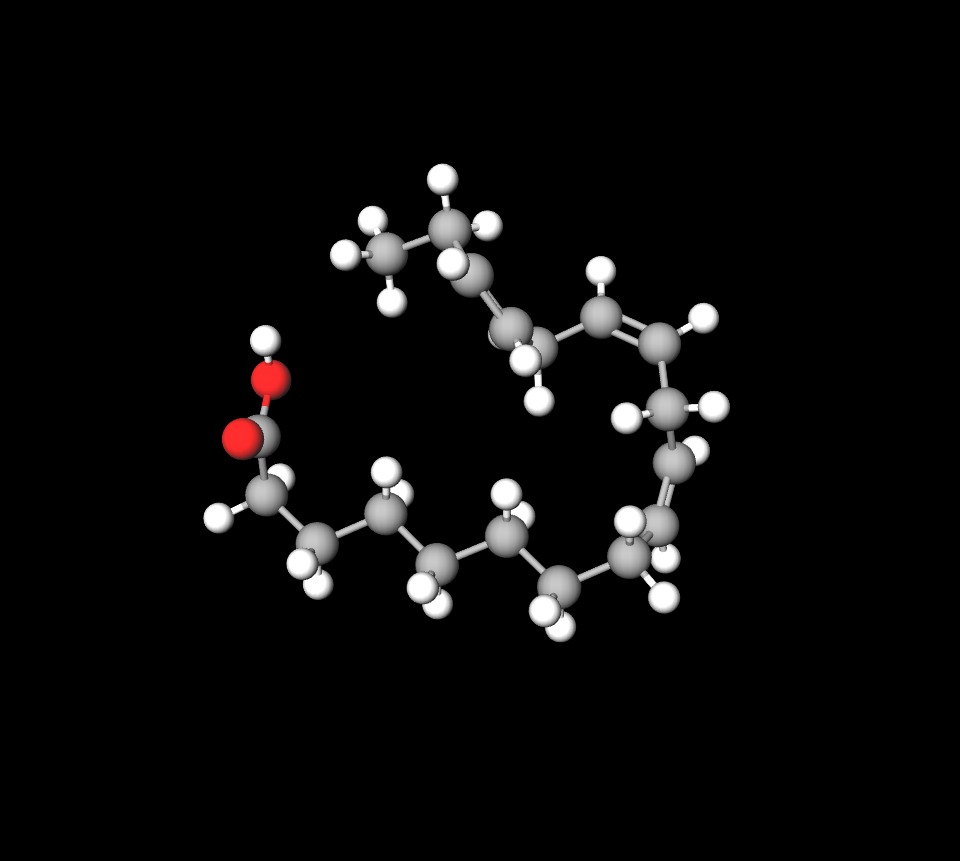
Omega-3 foods
Great sources of omega 3 include fatty fish, such as salmon and mackerel, as well as plant-based options, like flaxseed and walnuts.

2.4 Common Formulation Combinations and Ratios
Commercial supplements typically blend:
- 10 mg lutein + 2 mg zeaxanthin
- EPA:DHA ratios from 3:2 to 2:1 (usually 600-1000 mg total)
These ratios optimize absorption and synergistic activity.
3. Mechanism of Action: How Zeaxanthin, Lutein, and Omega-3 Work
3.1 Antioxidant Activity and Free Radical Scavenging
All three compounds exhibit potent antioxidant properties, quenching singlet oxygen and neutralizing lipid peroxidation, particularly within ocular and neural tissues.
3.2 Role in Ocular Health: Macular Pigment Density and Retinal Protection
3.3 Cardiovascular Benefits Through Lipid Modulation
Omega-3s reduce triglycerides, modestly increase HDL, and support arterial flexibility. They also lower systemic inflammation markers such as CRP.
3.4 Anti-inflammatory Properties and Systemic Health Effects
EPA and DHA compete with arachidonic acid in eicosanoid pathways, reducing pro-inflammatory cytokine production and mitigating chronic inflammation.
3.5 Neuroprotective Mechanisms
DHA is a structural component of cerebral cortex phospholipids. Combined with lutein, it supports synaptic activity, neuroplasticity, and resistance to cognitive decline.
4. Approved and Primary Medical Uses
4.1 Prevention and Management of Age-Related Macular Degeneration (AMD)
4.2 Supportive Therapy for Cataracts and Retinal Disorders
4.3 Cardiovascular Health: Cholesterol and Triglyceride Regulation
4.4 Brain and Cognitive Function Support in Aging Populations
4.5 Skin Protection Against UV-Induced Damage
5. Off-Label and Investigational Uses
5.1 Use in Cognitive Decline and Alzheimer's Disease
5.2 Support in Attention Deficit Hyperactivity Disorder (ADHD)
5.3 Fertility and Sperm Health (Omega-3)

5.4 Mood Disorders and Depression Adjunct Therapy
EPA-rich formulas may modulate serotonin and dopamine pathways, serving as adjunctive support in mild to moderate depressive disorders.
5.5 Immune Support and Autoimmune Modulation
Omega-3s may attenuate autoimmunity by regulating T-cell activity and cytokine profiles, offering potential in conditions like rheumatoid arthritis.
6. Dosage and Administration Guidelines
6.1 Standard Recommended Dosages for Adults
- Zeaxanthin: 2-4 mg daily
- Lutein: 6-20 mg daily
- Omega-3 (EPA + DHA): 500-1000 mg daily
6.2 Frequency and Duration of Use
Typically administered once daily with meals for enhanced absorption; long-term use is safe within recommended limits.
6.3 Dosage Adjustments Based on Medical Condition
Patients with advanced AMD or hypertriglyceridemia may require higher therapeutic doses under medical supervision.
6.4 Best time to take lutein and zeaxanthin
Administer with a high-fat meal, preferably in the morning, to improve micellar solubilization and uptake.

7. Special Populations: Administration by Age and Condition
7.1 Use in Elderly: Adjustments for Metabolism and Vision Preservation
Older adults may benefit from higher lutein and DHA doses due to age-related decline in absorption and macular density.
7.2 Use in Pregnant and Nursing Women: Safety and Nutritional Benefits
DHA is critical for fetal neurodevelopment. Lutein is considered safe, though supplementation should align with prenatal guidelines.

7.3 Use in Pediatric Populations: Safety, Indications, and Dosage
Supplementation in children is generally safe but should follow age-appropriate dosing, especially for EPA and DHA in developmental contexts.
7.4 Use in Patients with Chronic Conditions (e.g., diabetes, heart disease)
Individuals with metabolic syndrome, diabetes, or cardiovascular disease may gain enhanced benefits but require professional dosing oversight.
8. Side Effects and Adverse Reactions
8.1 Commonly Reported Side Effects (GI upset, fishy aftertaste, headache)
These include mild gastrointestinal symptoms, such as bloating or nausea, and fishy burps from omega-3 oils.
8.2 Rare and Serious Adverse Reactions
High doses may lead to prolonged bleeding, arrhythmias, or lipid peroxidation under oxidative stress conditions.
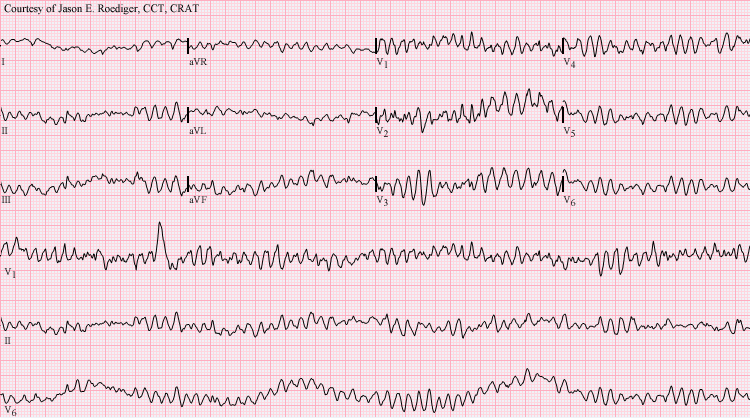
8.3 Allergic Reactions and Hypersensitivity Risks
Patients with fish, shellfish, or marigold allergies should exercise caution and consult a healthcare provider prior to use.
8.4 Long-Term Use and Accumulation Concerns
While long-term use is generally safe, excessive intake may lead to carotenoid accumulation in skin (carotenodermia) or interact with medications.
9. Warnings, Contraindications, and Important Precautions
9.1 Known Contraindications (e.g., allergy to fish or soy)
Contraindicated in individuals with known hypersensitivity to fish, soy, or supplement excipients.
9.2 Caution in Bleeding Disorders and Patients on Anticoagulants
Omega-3s may prolong bleeding time and should be used cautiously in patients on warfarin, aspirin, or other blood thinners.
9.3 Risks Associated with High-Dose Supplementation
High intakes, particularly of EPA, may suppress immune function or disrupt lipid oxidation balance.
9.4 Important Precautions for Self-Medicating Patients
Patients should avoid unsupervised high-dose regimens and always disclose supplement use to healthcare providers to avoid interactions.
10. Drug, Food, and Supplement Interactions
10.1 Interactions with Anticoagulants and Antiplatelet Drugs
Omega-3 fatty acids, particularly EPA and DHA, possess mild blood-thinning properties. When co-administered with anticoagulants such as warfarin, or antiplatelet agents like aspirin and clopidogrel, there may be an additive effect, potentially increasing bleeding risk. Patients on such medications require careful monitoring of INR and platelet function.
10.2 Synergistic or Antagonistic Effects with Other Antioxidants
Lutein and zeaxanthin often synergize with other antioxidants like vitamins C and E, enhancing their free radical scavenging potential. However, over-supplementation with certain antioxidants may paradoxically induce pro-oxidative effects, diminishing overall efficacy. Balance and proper formulation are key to optimizing synergy.
10.3 Interaction with Statins and Other Cardiovascular Drugs
Omega-3s may complement the lipid-lowering effects of statins, contributing to improved triglyceride control. Some evidence suggests additive anti-inflammatory and endothelial benefits. However, caution is advised when used alongside blood pressure medications, as a mild hypotensive effect may occur.
10.4 Absorption Interference with High-Fat Meals or Fiber Intake
Although fat-soluble compounds like lutein and zeaxanthin show improved absorption with dietary fat, excessive fat or fiber intake may disrupt emulsification and hinder optimal uptake. High-fiber diets may also accelerate transit time, reducing bioavailability of lipid-based supplements.
11. Overdose and Emergency Management
11.1 Symptoms of Acute or Chronic Overdose
Overdose symptoms may vary depending on the compound:
- Omega-3: Easy bruising, prolonged bleeding, diarrhea, or fishy body odor.
- Lutein/Zeaxanthin: Skin yellowing (carotenodermia), gastrointestinal discomfort.
Chronic high intake may lead to fat-soluble compound buildup, although toxicity is rare.
11.2 Recommended Actions in Case of Overdose
Immediate steps include cessation of supplementation and supportive measures such as hydration and gastrointestinal decontamination if ingestion was recent. In cases of suspected bleeding, coagulation parameters should be assessed urgently.
11.3 Role of Medical Supervision and Monitoring in Suspected Toxicity
Clinical evaluation is essential to rule out complications. Liver function, coagulation profile, and lipid panels may be indicated. Symptomatic patients should be observed for cardiovascular, neurological, and gastrointestinal signs of distress.
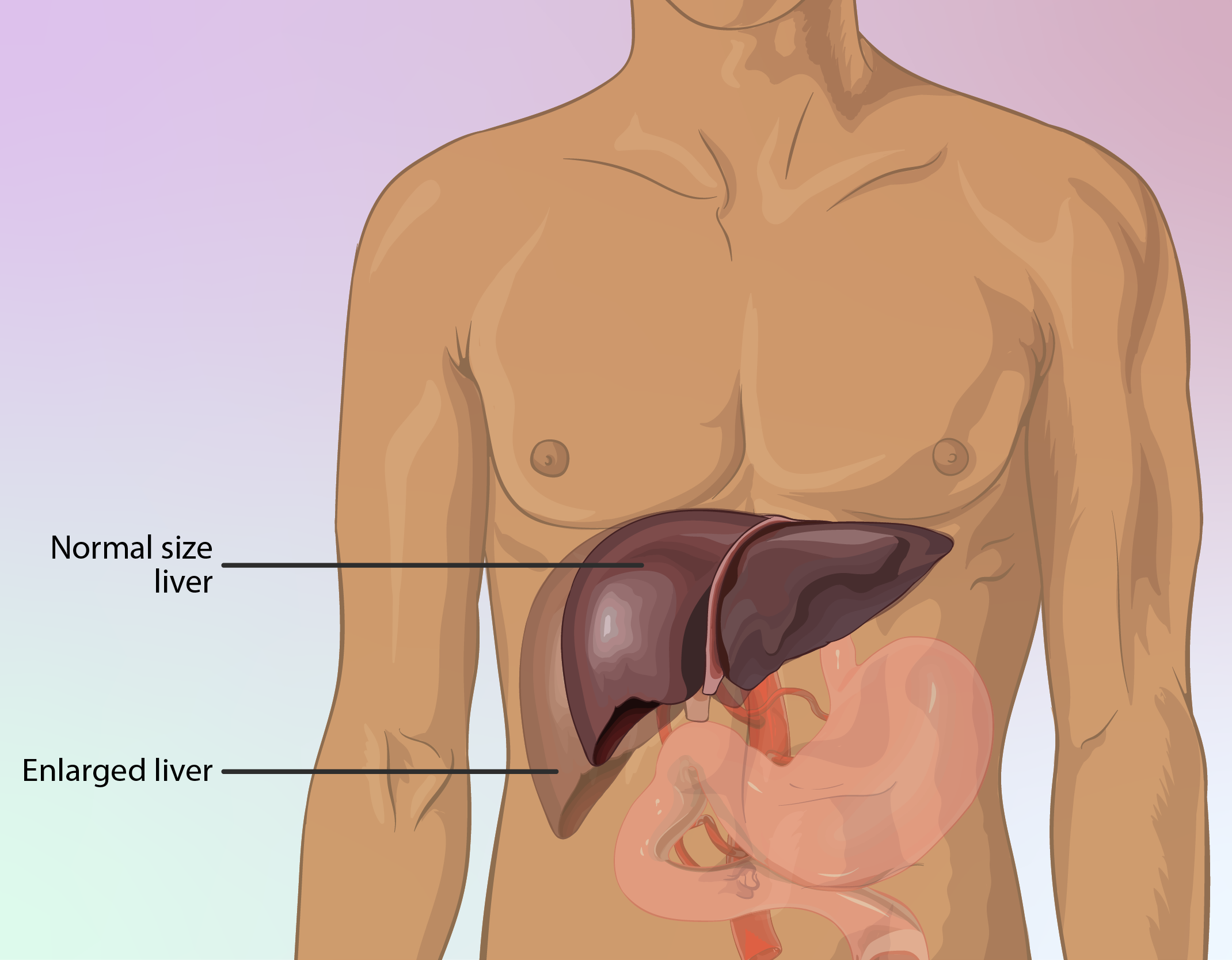
12. Storage and Handling Precautions
12.1 Ideal Storage Temperature and Light Exposure Considerations
Supplements should be stored at 15-25°C (59-77°F), away from direct sunlight. Carotenoids are particularly sensitive to photodegradation, necessitating opaque or amber-colored containers.
12.2 Proper Container Handling and Moisture Protection
Moisture can compromise capsule integrity and reduce shelf life. Containers should remain tightly sealed, and desiccants should be retained inside bottles until use completion.
12.3 Shelf Life and Expiry Monitoring
Typical shelf life ranges from 18 to 36 months depending on formulation. Supplements should be discarded past expiration dates, as oxidation and potency loss may render them ineffective or unsafe.
12.4 Disposal Instructions for Expired or Unused Supplements
Unused or expired supplements should not be flushed. They can be disposed of in household trash if mixed with undesirable substances like coffee grounds or cat litter, or taken to pharmaceutical disposal programs.
13. Clinical Insights and Patient Counseling Points
13.1 Importance of Adherence to Recommended Dosage
Maintaining consistency in dosage ensures therapeutic efficacy and reduces risk of side effects. Patients should avoid doubling doses to make up for missed ones.
13.2 Educating Patients on Realistic Expectations
Benefits such as improved visual acuity or lipid regulation may take several weeks to manifest. Patients should be informed that supplements are adjunctive not curative tools in long-term health strategies.
13.3 Combining with Lifestyle Modifications (diet, smoking cessation)
Supplements perform optimally when integrated into a holistic regimen. Dietary improvements, smoking cessation, physical activity, and routine health checks should be encouraged in tandem with supplementation.
13.4 Recognizing Signs Requiring Physician Consultation
Red flags such as persistent gastrointestinal discomfort, skin discoloration, easy bruising, or visual disturbances warrant prompt medical evaluation. Patients should be instructed to report new or worsening symptoms immediately.
Zeaxanthin/ Lutein/ Omega 3 FAQ
- What is zeaxanthin lutein omega 3 used for?
- Can I take lutein and omega-3 together?
- What happens if I take omega-3 everyday?
- Is zeaxanthin safe for kidneys?
- Is it OK to take lutein everyday?
- What are the benefits of lutein and zeaxanthin for eyes?
- Is zeaxanthin good for the liver?
- Should I take lutein in the morning or at night?
- Who should not take omega-3 vitamins?
- Can I take omega-3 capsules without consulting a doctor?
- Can a kidney patient take omega-3?
- Are eggs high in lutein and zeaxanthin?
- Is lutein safe for liver?
- Can lutein repair eyes?
- Who should not take lutein?
- What age should you start taking lutein?
- What foods are high in lutein and zeaxanthin?
- What are the symptoms of low lutein levels?
- How long does it take for lutein and zeaxanthin to work?
- Is lutein and zeaxanthin a blood thinner?
- What is zeaxanthin lutein omega 3 fatty acid capsules used for?
- What are the side effects of omega-3 supplements?
What is zeaxanthin lutein omega 3 used for?
These nutrients play a crucial role in supporting the cell membranes within the retina, the layer at the back of the eye, which captures images and transmits them to the brain. Their combined efforts are aimed at safeguarding our eyes from harm, preserving vision, and potentially delaying the onset of eye issues related to aging.
Can I take lutein and omega-3 together?
Yes
What happens if I take omega-3 everyday?
Over a long duration, research findings indicate that the intake of omega-5 can potentially decrease system efficacy by diminishing the body's inflammatory reactions.
Is zeaxanthin safe for kidneys?
Yes
Is it OK to take lutein everyday?
Yes
What are the benefits of lutein and zeaxanthin for eyes?
Lutein and zeaxanthin can help shield the eyes from damaging high-energy light waves, such as ultraviolet rays from the sun. Moreover, studies indicate a correlation between the levels of these compounds in eye tissue and improved vision quality under low-light conditions.
Is zeaxanthin good for the liver?
Research indicates that zeaxanthin aids in the prevention and management of metabolic dysfunction-related steatotic liver disease (MASLD) and steatotic fatty liver disease (SLD) by decreasing oxidative stress and inflammation.
Should I take lutein in the morning or at night?
It should be taken during mealtime for better absorption.
Who should not take omega-3 vitamins?
- Pregnant or nursing
- People with blood clotting disorder
- Allergies to seafood
Can I take omega-3 capsules without consulting a doctor?
Yes
Can a kidney patient take omega-3?
Yes
Are eggs high in lutein and zeaxanthin?
Yes
Is lutein safe for liver?
Lutein helps shield the liver from harm due to its anti-inflammatory properties and decreases the chances of developing MASLD in individuals.
Can lutein repair eyes?
Yes
Who should not take lutein?
Pregnant or breastfeeding women and children
What age should you start taking lutein?
20s
What foods are high in lutein and zeaxanthin?
Green leafy vegetables such as kale and spinach, along with egg yolks
What are the symptoms of low lutein levels?
If you've been experiencing headaches lately and find that your eyes are sensitive to light or strained from looking at screens for periods of time, it could be a sign of a lutein deficiency causing the issue.
How long does it take for lutein and zeaxanthin to work?
16 weeks
Is lutein and zeaxanthin a blood thinner?
No
What is zeaxanthin lutein omega 3 fatty acid capsules used for?
It is known for maintaining healthy eyesight, lowering triglyceride levels, boosting HDL ("good") cholesterol levels, and shielding cells from oxidative stress.
What are the side effects of omega-3 supplements?
Unpleasant flavor, bad breath, headache, and digestive issues like acid reflux, nausea and diarrhea


